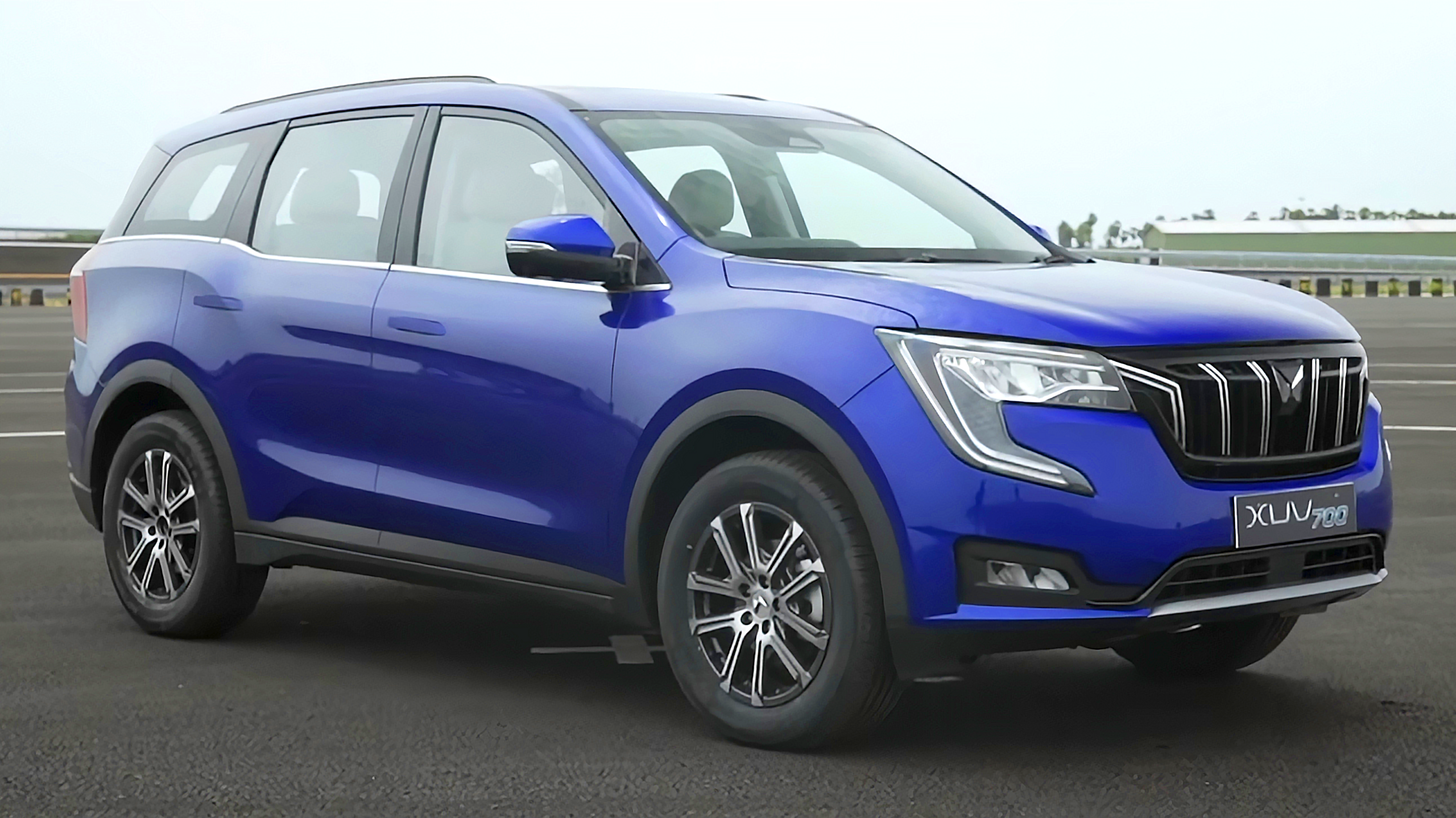- Introduction: Mixed Messages
- Update 1: Cabin Curiosity
- Update 2: Weekend Warrior
- Update 3: Heavy Hitter
- Update 4: Conclusion
Introduction: Mixed Messages
The name-calling started early. The Lexus RC F’s divisive styling tends to attract comments regardless of its paint colour, but my new long-termer’s black-and-white panda scheme, combined with its cab-rearward coupe proportions, have led the office comedians to dub it the “Bowling Shoe”. Very droll.
It certainly turn heads, though at the time of writing I haven’t conducted any straw polls to see if these looks are a result of admiration, curiosity or disgust. Part of the RC F’s success at grabbing the public’s attention is no doubt due to the fact that the black contrasts aren’t paint, but carbon fibre.

On a kilogram-per-dollar basis it’s a heavy price to pay as ticking the Carbon box costs $20,597, though it does bring with it ‘High Plus’ forged 19-inch wheels (usually $2500). Nevertheless, it’s an option price you’d more readily expect to find on an Italian supercar than a Japanese sports coupe, especially when premium paint – including this car’s White Nova – is another $1500.
It is very well equipped, though, including heated and ventilated leather seats, an 835-watt, 17-speaker Mark Levinson stereo (there’s some of that kerb weight…) with digital radio and voice control, climate control with funky electrostatic slider switches for temperature control and seemingly every active safety system under the sun, such as Active Cruise, Blind Spot Alert, Rear Cross Traffic Alert, Automatic High Beam and pre-collision braking. However, the lack of smartphone mirroring betrays its 2015 vintage and time will tell if familiarity makes Lexus’s unintuitive touchpad control interface and maddeningly complex menu systems any easier to use.

If not, at least there’s a naturally aspirated 5.0-litre V8 to take my mind off it. It seems slightly odd that a Japanese car with such a futuristic design would have such an ‘old-school’ engine, but the 2UR-GSE, co-developed with Yamaha, sings a particularly sweet song and develops 351kW at 7100rpm and 530Nm. And while the concept might be traditional, the engine itself is clever with its combination of direct and port injection and ability to switch between Atkinson cycle for fuel economy and Otto cycle for power, the details of which I’ll go into in a future update.
It’s attached to an eight-speed torque converter automatic and there’s four powertrain modes to choose from – Eco, Normal, Sport and Sport+ – with a further three settings for the electronically controlled, torque vectoring limited-slip differential – Standard, Slalom and Track. A track session beckons for an opportunity to play with the various parameters and to see if it’s engineering brilliance or marketing hype. The claimed 0-100km/h time is an optimistic 4.5sec (the best we’ve managed is 4.75sec) and top speed is limited to 270km/h.

At this point there are plenty of questions and very few answers, which hopefully future updates will provide. The true measure of success for the RC F will be determined by whether, after four months, I’m defending its honour or coming up with names of my own.
MONTH ONE
Claimed combined consumption: 10.9L/100km Starting ODO: 5511km Duration: 4 monthsLiked: I liked the carbon bits – so sue me Disliked: Its’ clear servo visits will be frequent
Update 1: Cabin Curiosity
The inside scoop on the good and bad of the RC F’s interior

There are few things worse than being shown up by your younger sibling.
The Lexus RC F is only three years old, but compare its interior to that of the new LC500 and you’d think the gap between the two is an entire generation.
Granted, the LC is a good $50K-plus more expensive than the RC F in its basic form (though our long-termer’s optional carbon pack narrows that gap to $25K), but it also looks and feels it.
Not that the RC F is terrible, it just lets itself down with some baffling control interfaces, while some areas of the cockpit smack of the corporate accountants having too strong of a say.

There are positives, such as the comfy, supportive seats, widely adjustable driving position, build quality and fit and finish, equipment list and the way certain functions are operated by the press of an obvious button. Heating or cooling the seats in the RC F, for instance, takes one second to press a button, whereas in the LC500 it takes about 10 minutes and a degree in neuroscience to find the appropriate sub-menu buried in the infotainment system.
The infotainment controller is by far the biggest problem in the RC F, or any Lexus for that matter – it’s an ergonomic disaster. Perhaps it’s slightly easier for left-hand dominant people, but operating the tracking pad diverts significant attention away from the road and selecting the desired button is often little more than pot luck.
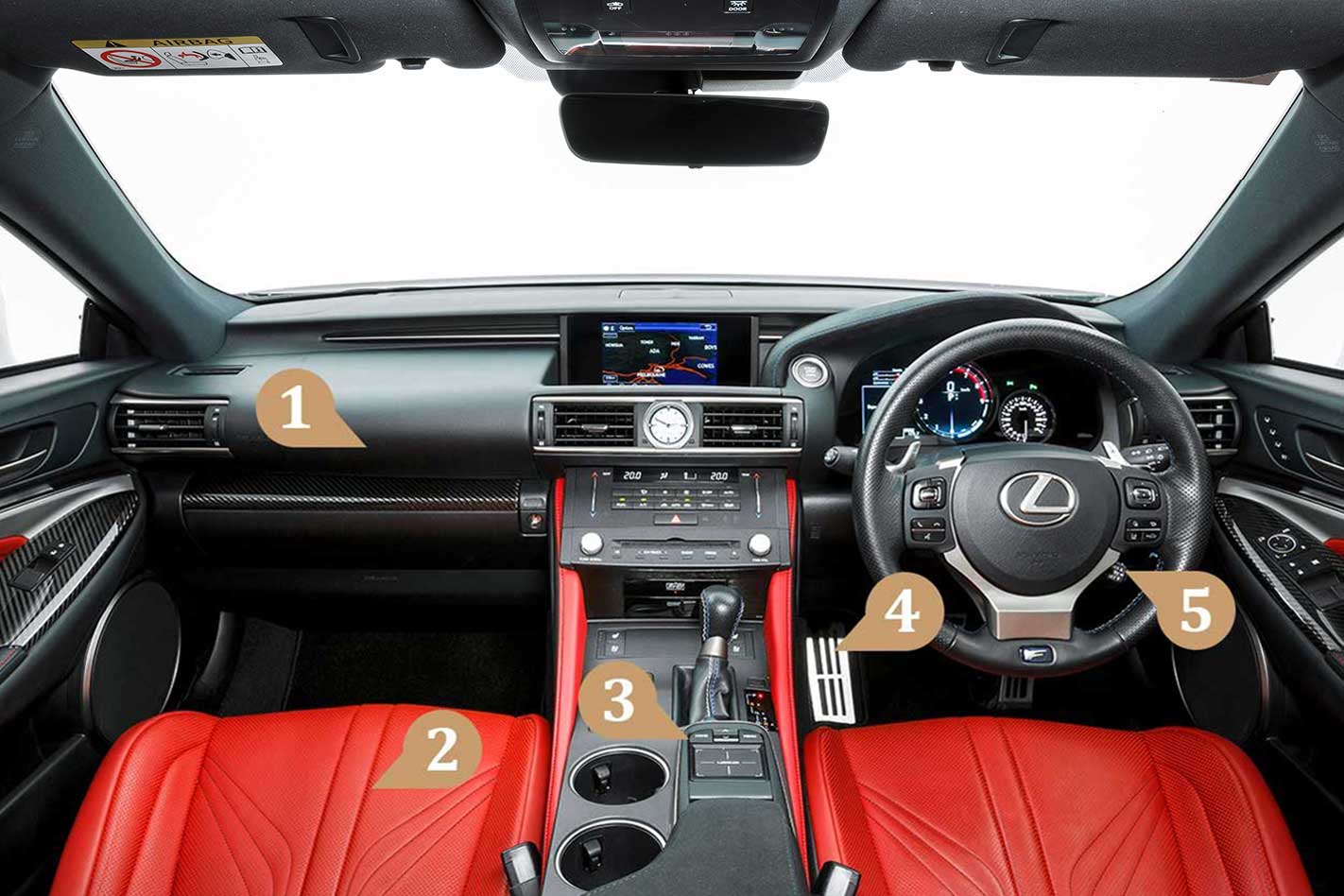
1 – Grand Designs The triple decker design theme works well enough, though the centre dash is very bland, but hopefully some of the LC’s swoops and curves are incorporated come update time.
2 – Chair in There Seats are comfy, well-bolstered and offer welcome heating and cooling functions, though a number of passengers have commented how the red leather clashes with Lexus’s signature blue F model stitching. Rear seats will accept adults for short journeys, but it’s pretty squishy.
3 – Mouse Trap Track pad (slightly) easier to use than old mouse-like system, but that’s the ultimate example of damning with faint praise. Screen is small compared to opposition (though 2018 IS sedan receives a much bigger unit), and functions like sat-nav input and phone pairing are disabled on the move – ARGH!
4 – Park My Foot We don’t mind retro touches, but a foot-operated park brake is not what we had in mind – what is this, 1989? Equally redundant is the tiny analogue speedo, rated to an irrelevant and unachievable 340km/h.
5 – Parts Bin A number of cost-cutting measures are evident inside the RC F. The cruise-control stalk is straight from a $18K Toyota Yaris, requiring the adaptive functions to be moved to the steering wheel. Turn the wheel and screws are visible in the boss – not ideal in a premium car.
Month Two
Fuel Consumption this Month: 12.35l/100km Average Fuel Consumption: 12.35l/100km Distance this Month: 1506km Total: 7017km
Liked: Cooled seats in a Melbourne summer Disliked: Trying to operate the damn track pad
Update 2: Weekend Warrior
RC F reveals its personality on a Sunday drive

I have a problem.
Lexus says MOTOR’s long-term RC F is fitted with its Adaptive Variable Suspension (AVS), which was added as part of an update in late 2016. This makes sense, as at a similar time the RC F’s four-door twin, the GS F, scored an identical upgrade which substantially improved its day-to-day ride comfort, erasing one of our key criticisms of an otherwise very likeable car.
Herein lies my problem. According to Lexus: “AVS has seven damping-force control strategies. In Eco, Normal and Sport, the system prioritises ride comfort while … in Sport Plus mode the focus of the damping-force control is handling stability”. Trouble is, as much as I flick the dial between Normal and Sport Plus I can’t feel a blind bit of difference.

The cloud to this is that the ride isn’t exactly great – not terrible, but irritatingly reactive to smaller bumps – however the silver lining is that the RC F can be driven around in its most aggressive Sport Plus mode with little to any deterioration in ride quality. This endows Lexus’s 5.0-litre V8 with the crisp throttle response you’d expect of a naturally-aspirated engine as well as ensuring as much of that eight-cylinder growl – artificially enhanced by the Active Sound Control system – enters the cabin as possible.
It’s not an engine that offers the instant gratification of today’s over-torqued turbo units but it sneaks up on you, continuing to gain pace as the revs rise all the way to the 7100rpm cut-out.
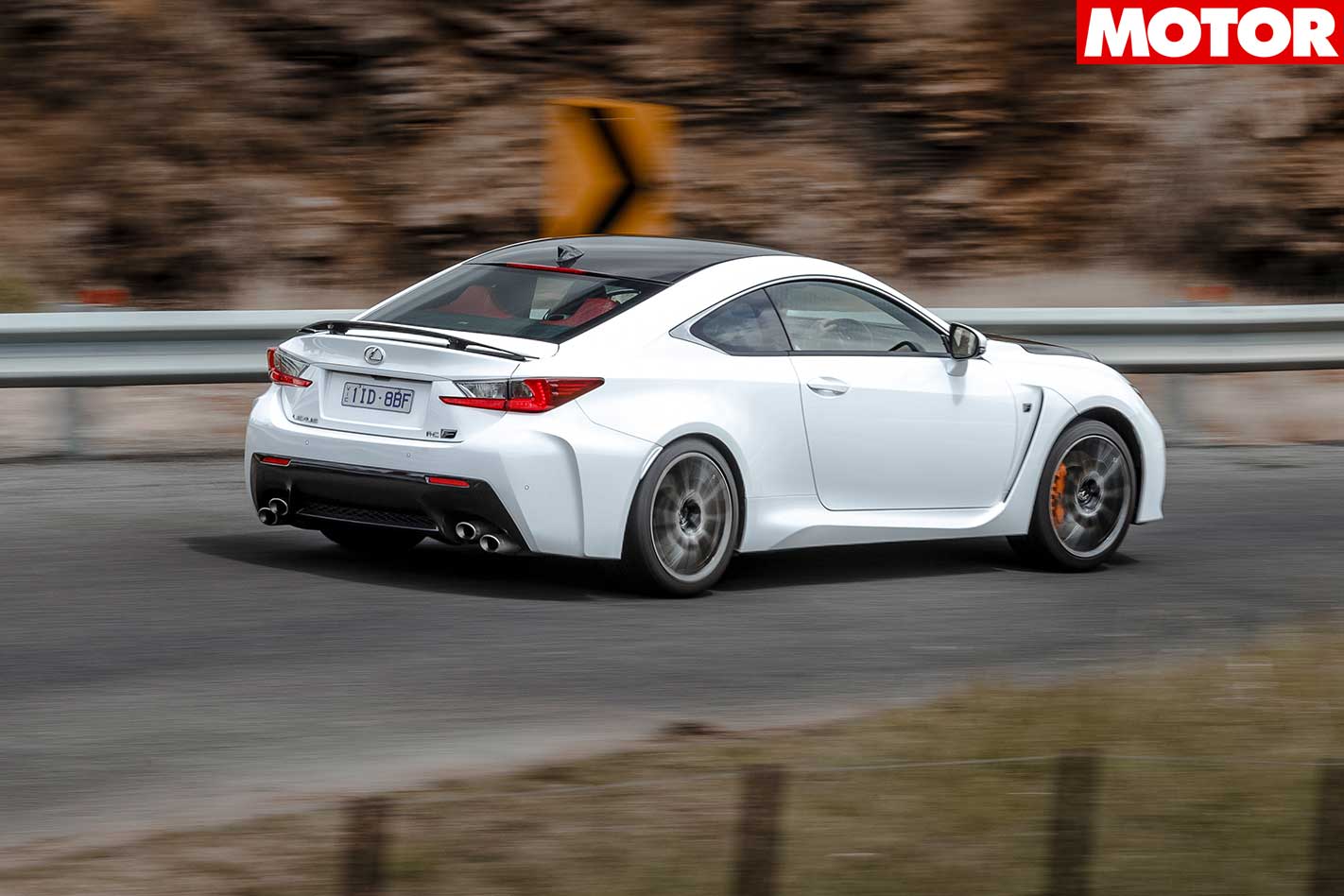
Having an M4 along, perhaps not quite the benchmark in this segment – that would be the Mercedes-AMG C63 S Coupe – but certainly a formidable foe, proved instructive on a number of levels.
Usually cars perform better in insolation only for their flaws to come into sharp focus when compared to their peers – see the Lexus LC500 at PCOTY in this month’s issue – but in this instance it was the RC F’s strengths that came to the fore.
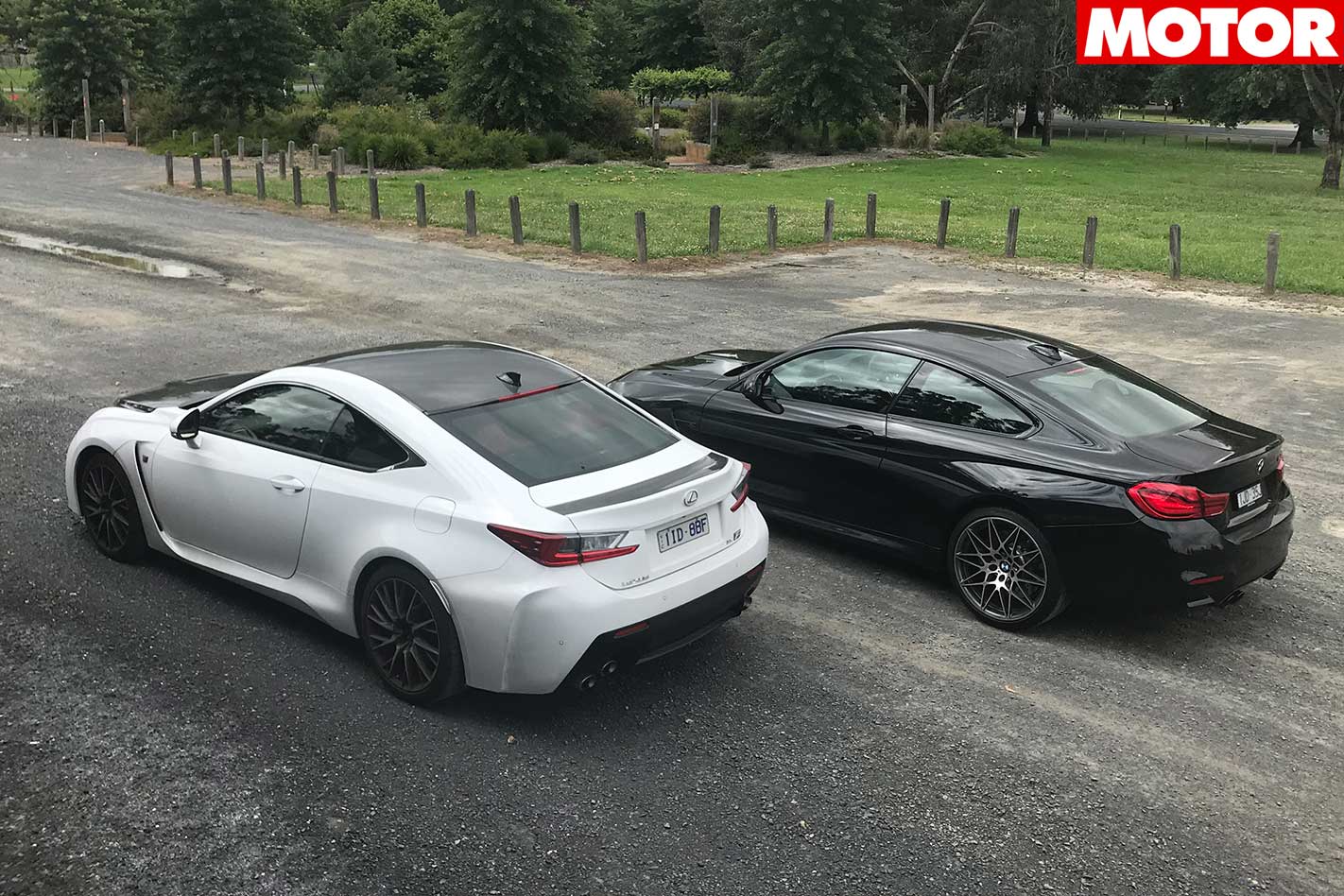
The eight-speed auto can’t match the shifts of the M4’s dual-clutch for swiftness, but it’s brisk enough to prevent annoyance. Working against it is its weight. Virtually every negative compared to the M4 – specifically insufficient urge under 4000rpm, a relative lack of agility and lower ceiling in terms of outright grip – could be largely nullified by a hefty diet.

Nonetheless, the Lexus earned plenty of points this month. I appreciated its differences to the German hegemony before, but there’s now a greater appreciation for how much engineering depth is behind those polarising looks. But is there enough to withstand some hot laps at one of Australia’s fastest racetracks? More on that next month.
Month Three
Fuel Consumption this Month: 18.48L/100km Average Fuel Consumption: 14.91L/100km Distance this Month: 1081km Total: 8098km
Liked: The RC F revealing hidden qualities Disliked: Damper settings indistinguishable
Favourite moment: Keeping a BMW M4 in sight
Update 3: Heavy Hitter
Time for the flabby Lexus to do some exercise
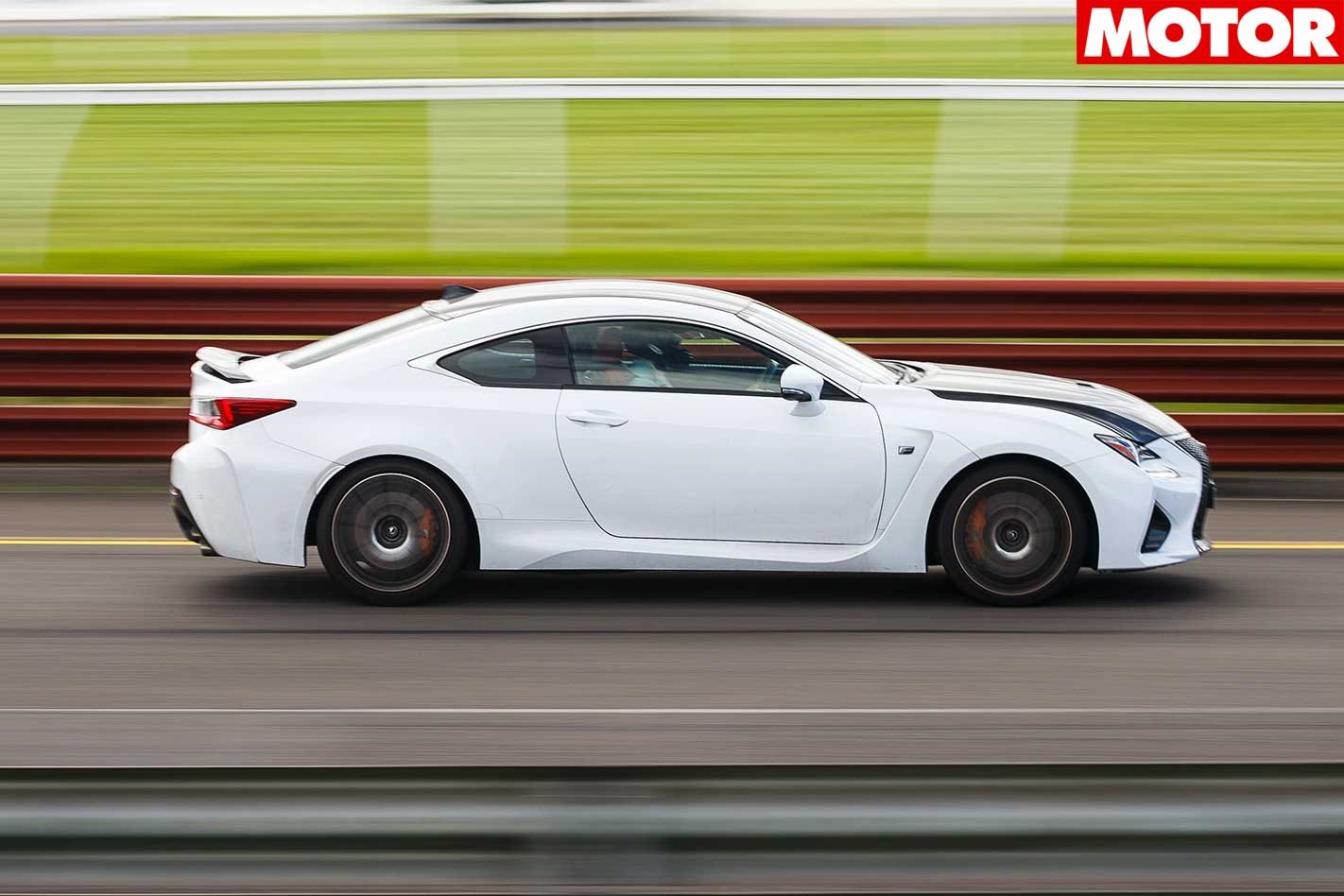
“I’ll take a punt and say it’s a 10”. Scott Williams’ answer is not a welcome one.
The senior Bureau of Meteorology forecaster was asked to rate the storms scheduled to lash Victoria out of 10 and he delivered the maximum score among phrases like “unprecedented” and “top end of rainfalls seen in the last 30 years.”
These aren’t words you want to hear when you’re booked to tackle Phillip Island, one of Australia’s fastest and most challenging racetracks. We’re fortunate to spend more time on track than most here at MOTOR, but practice is only valuable if you know what to practice, so a day’s instruction with Evolve Driving would double as an opportunity to spend some time on track in the RC F.

Despite substantial kerb weights, their brakes display impressive stamina and Michelin Pilot Super Sports handle track day stresses better than most. Neither of these things are particularly relevant right now during the first track session as the heavens open with a ferocity that would have Noah going back to the drawing board.
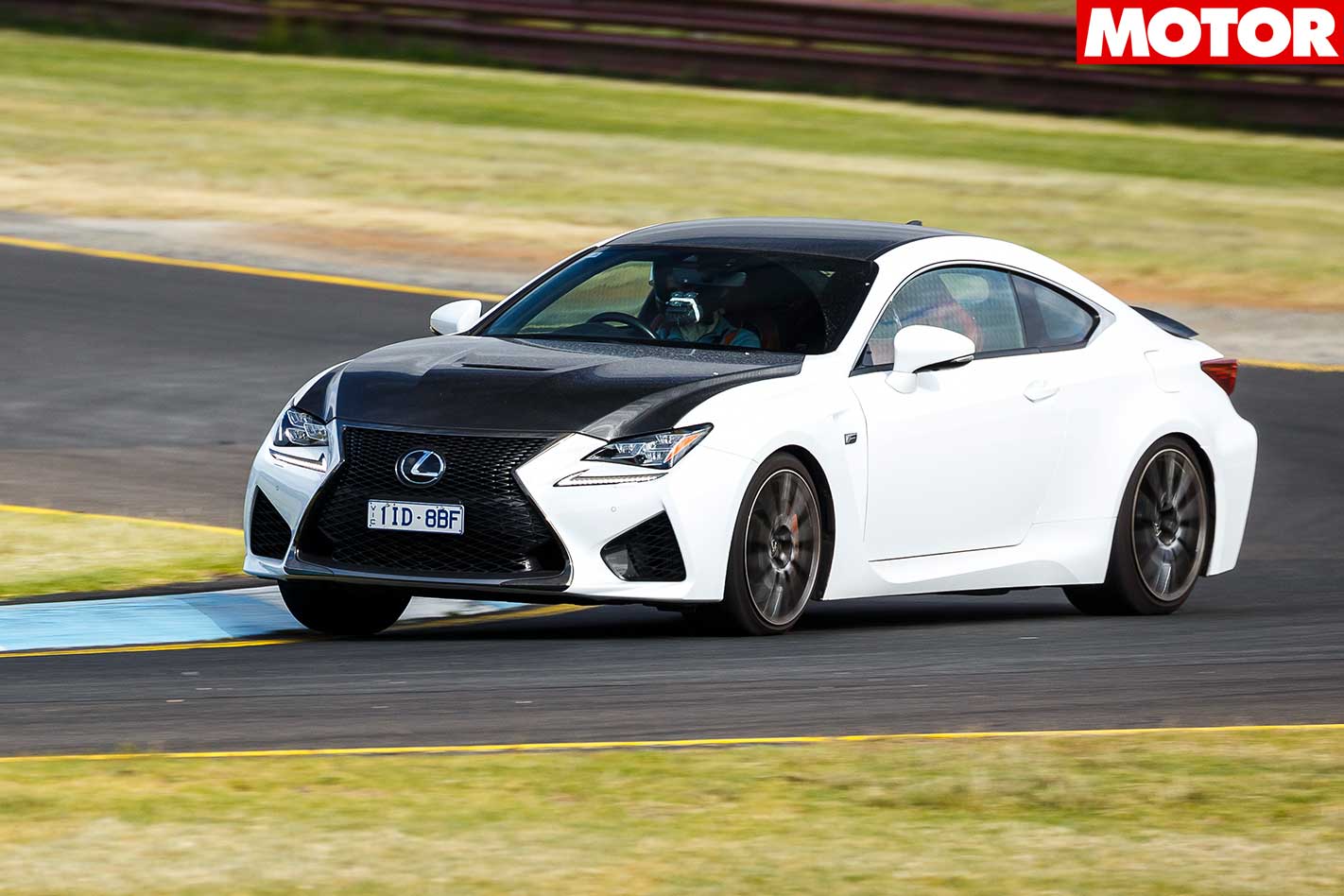
Despite having the electronics fully on and wiping almost 100km/h from a typical dry speed on the main straight, as soon as I brush the brakes on the downhill run into turn one the car snaps sideways on a river.
It’s amazing how life goes into slow motion at moments like this. The whole situation is over in a handful of seconds but every one is crystal clear: the futile attempt at opposite lock; the “uh oh” thought as the car hits the wet grass followed by “don’t touch anything!”; the relief as the car rejoins the circuit, a patch of dirt on the turn one apex the only evidence of the misadventure.

‘Expert’ might be a fairly cheesy name for its sports ESP setting but it’s also an apt one as it allows a very generous amount of slip before intervening. It’s perfectly calibrated for circuit use. If you really want to have fun, turning the electronics off opens the door to massive slides, the RC F a natural drift car thanks to decent levels of feedback, good balance and lots of steering lock, though it requires quick initial reflexes.
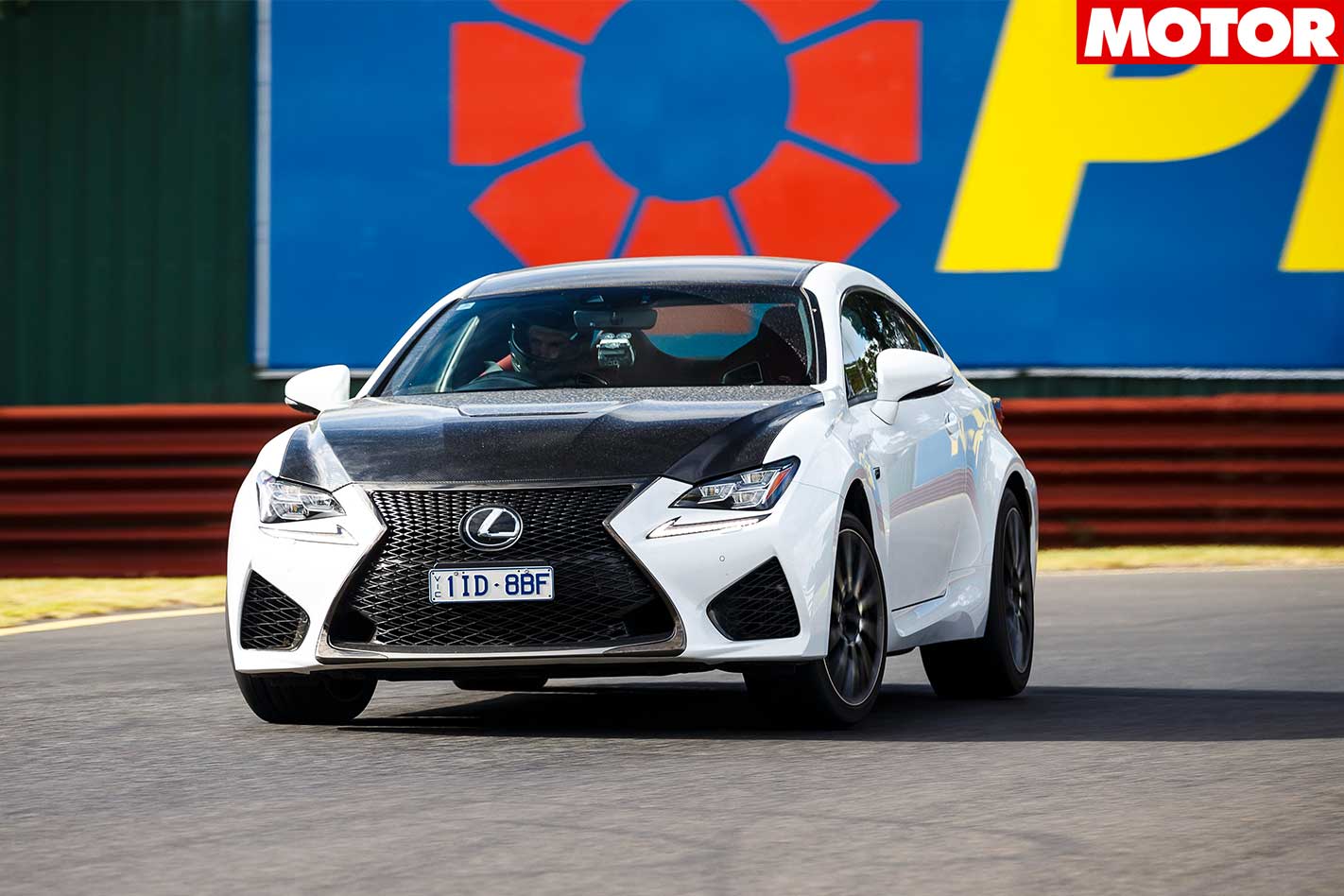
Thankfully, the final session is dry but a day of tip-toeing around has left me far too cautious. Switching to the passenger seat, Evolve owner Dean Sammut demonstrates just what the RC F is capable of, as well as the correct way to drive it.

Only now with repeated dry-weather laps do the brakes begin to feel the strain, but impressively the groans and graunches slowly disappear as normal driving resumes. Unlike Scott Williams, I’m not going to get carried away and say the RC F is a 10, but as a track car it definitely defied expectations.
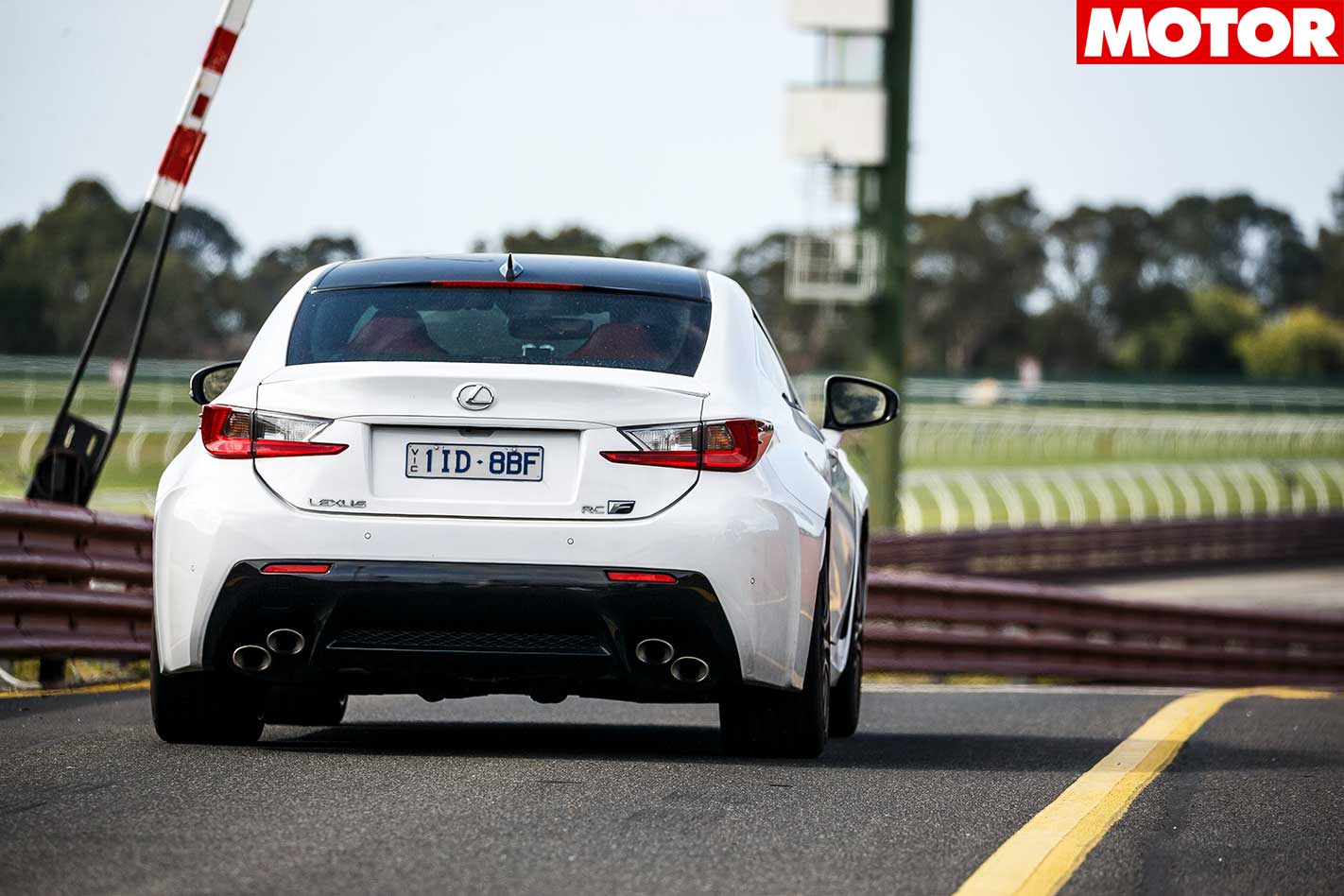
Month Four
Fuel Consumption this Month: 15.57L/100km Average Fuel Consumption: 15.13L/100km Distance this Month: 1327km Total: 9425km
Liked: Doing lots of laps at a very cool track Disliked: Being out of control at 150km/h
Update 4: Conclusion
It’s the final commitment ceremony. Will we stay or leave?

I’ve been watching quite a bit of Married at First Sight.
I know, I know… and no matter how hard I scrub, the shame doesn’t disappear, but my girlfriend enjoys it and it has a similar sort of appeal to those Nurburgring crash videos that feature numerous Renault Clios and BMW M3s pinballing between the armco. It’s awkward, a bit painful, but compelling viewing nonetheless.
Being paired with a long-termer is a similar process (to the show, that is, not crashing at the ’Ring). All of a sudden you’re living with a new car and expected to get along – or at least that’s what the public relations person at the car company hopes.
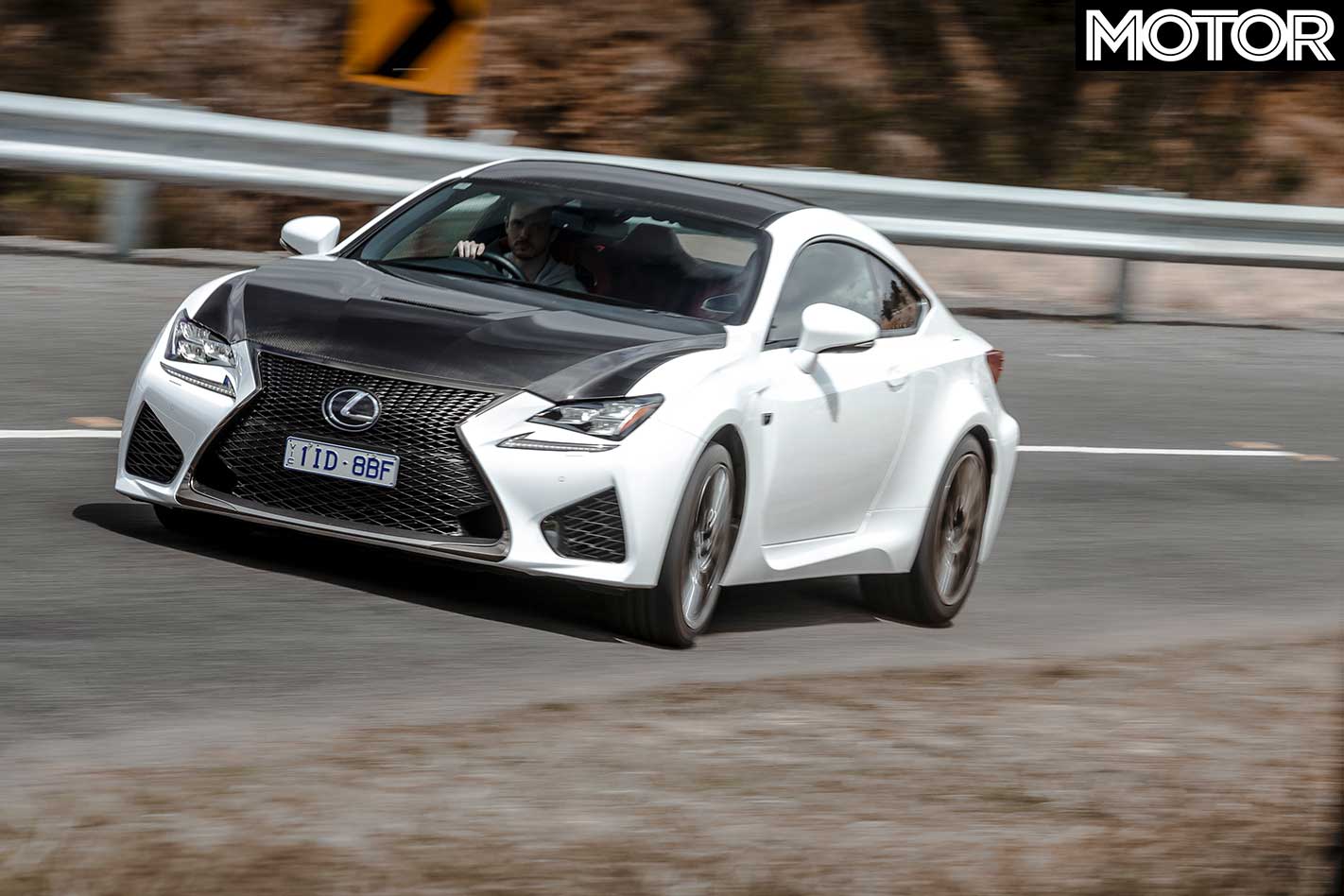
Still, that’s why we do these tests, to see if longer exposure brings to light virtues (or flaws) a quick road test or comparison may miss.
Spending the past four months with the Lexus RC F has certainly improved my opinion of it, albeit there are a few caveats, which I’ll get to in a moment.
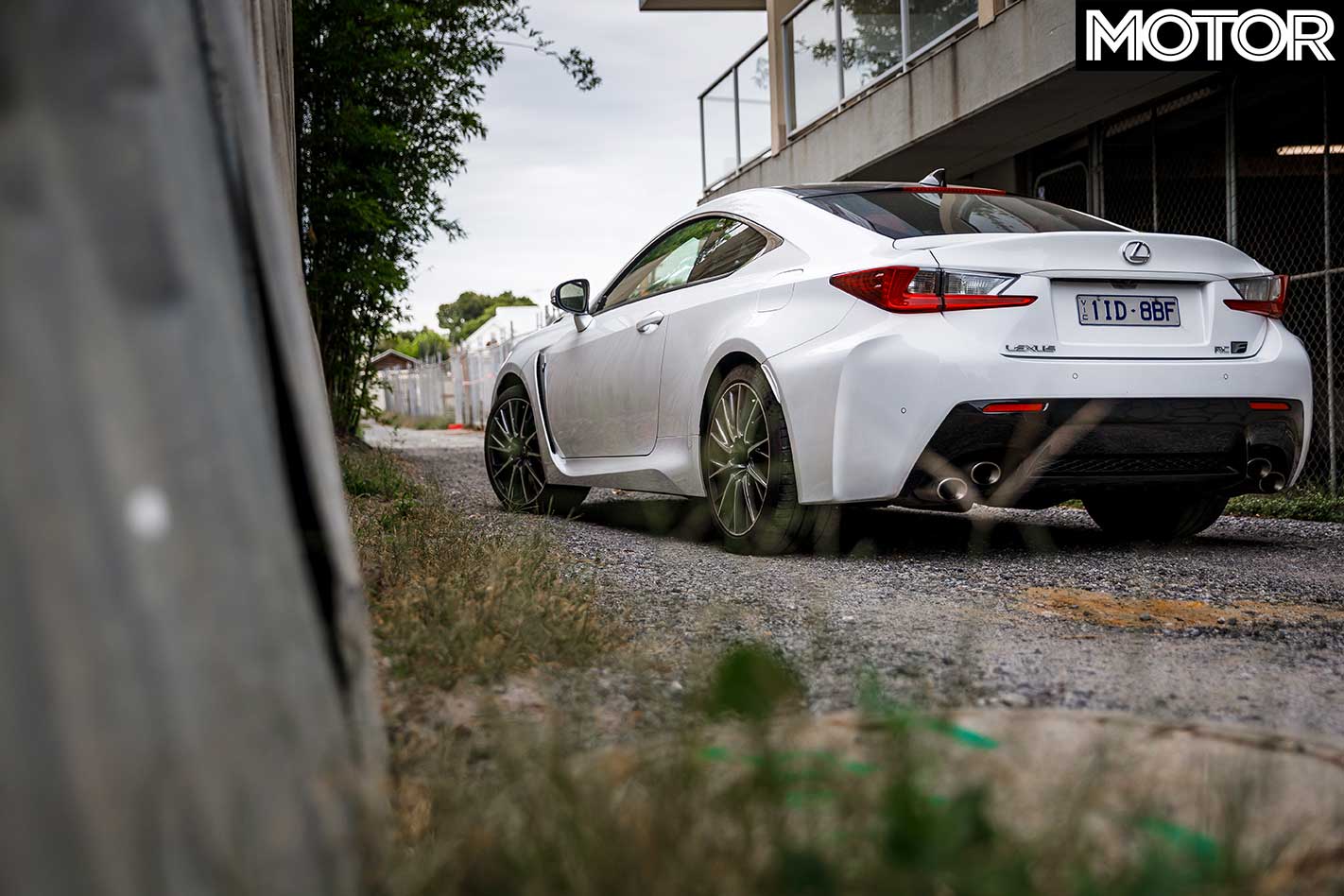
I was also one of the few who liked the carbon treatment, though you’d have to have rocks in your head to pay $20,597 for it, especially given the meagre 9.5kg weight loss. It would be an expensive option if it saved 10 times that amount.
The highlight of the RC F is undoubtedly its engine. It sounds a bit contrived, but the way the engine note hardens substantially around 4000rpm never fails to entertain and with 10,000 hard press kilometres under its belt, the 5.0-litre V8 was feeling particularly healthy, powering 1800kg-odd of Lexus to 230km/h along Sandown’s straights on a recent track outing.
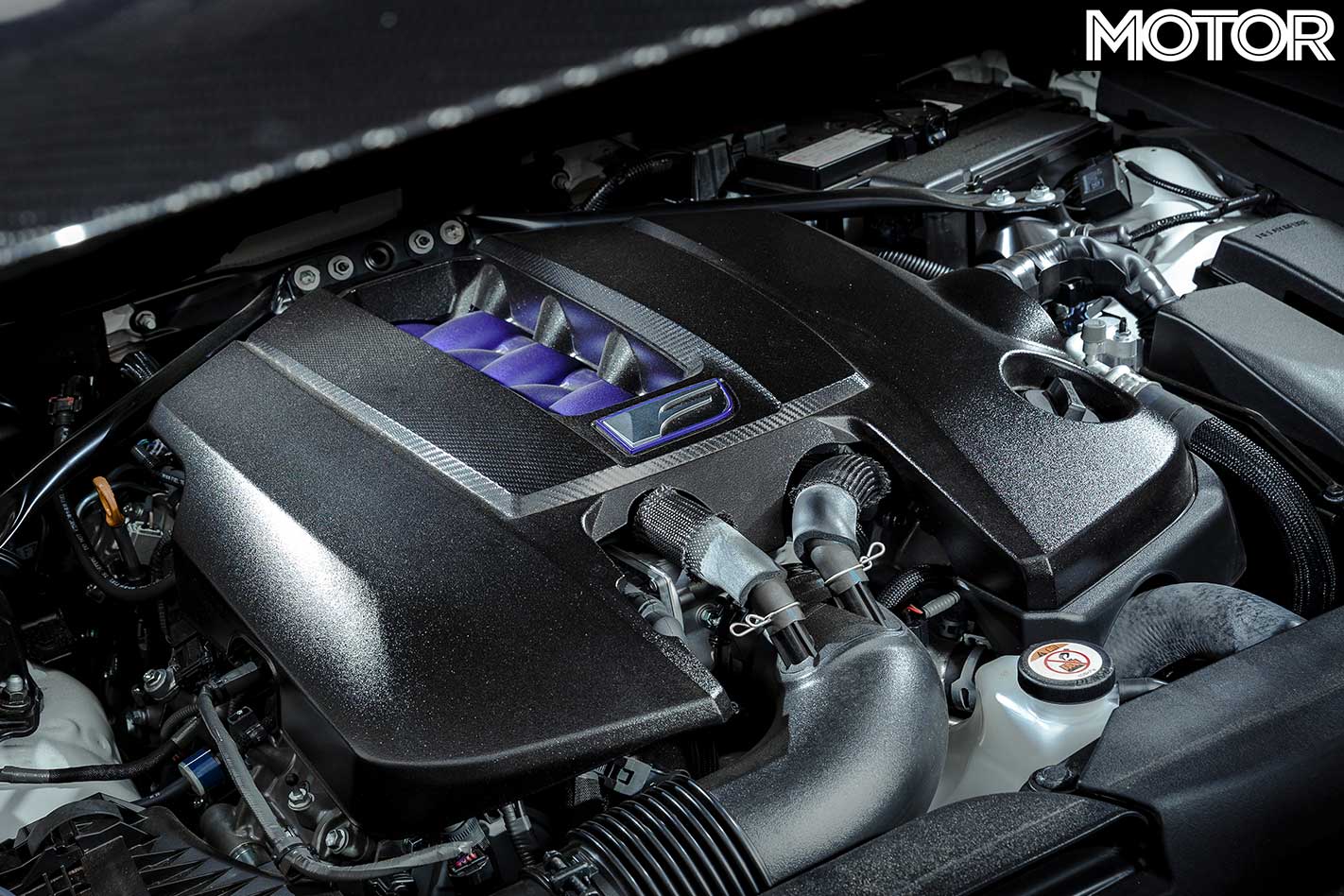
Despite two fairly substantial track sessions and plenty of road use the RC F’s stoppers still had plenty of bite and the Michelin Pilot Super Sport tyres were hanging in there, though rear grip was beginning to suffer.
A shout-out to the Expert ESP mode, too, which is brilliantly lenient and impressively subtle in its intervention.

Lexus needs a complete rethink of its control interface as the current trackpad is at best infuriatingly unintuitive, at worst dangerous given the amount of attention it diverts from the road. Good stereo, though, and the seats’ heating and ventilating functions were both used during its stay.
So would I buy a Lexus RC F? No.
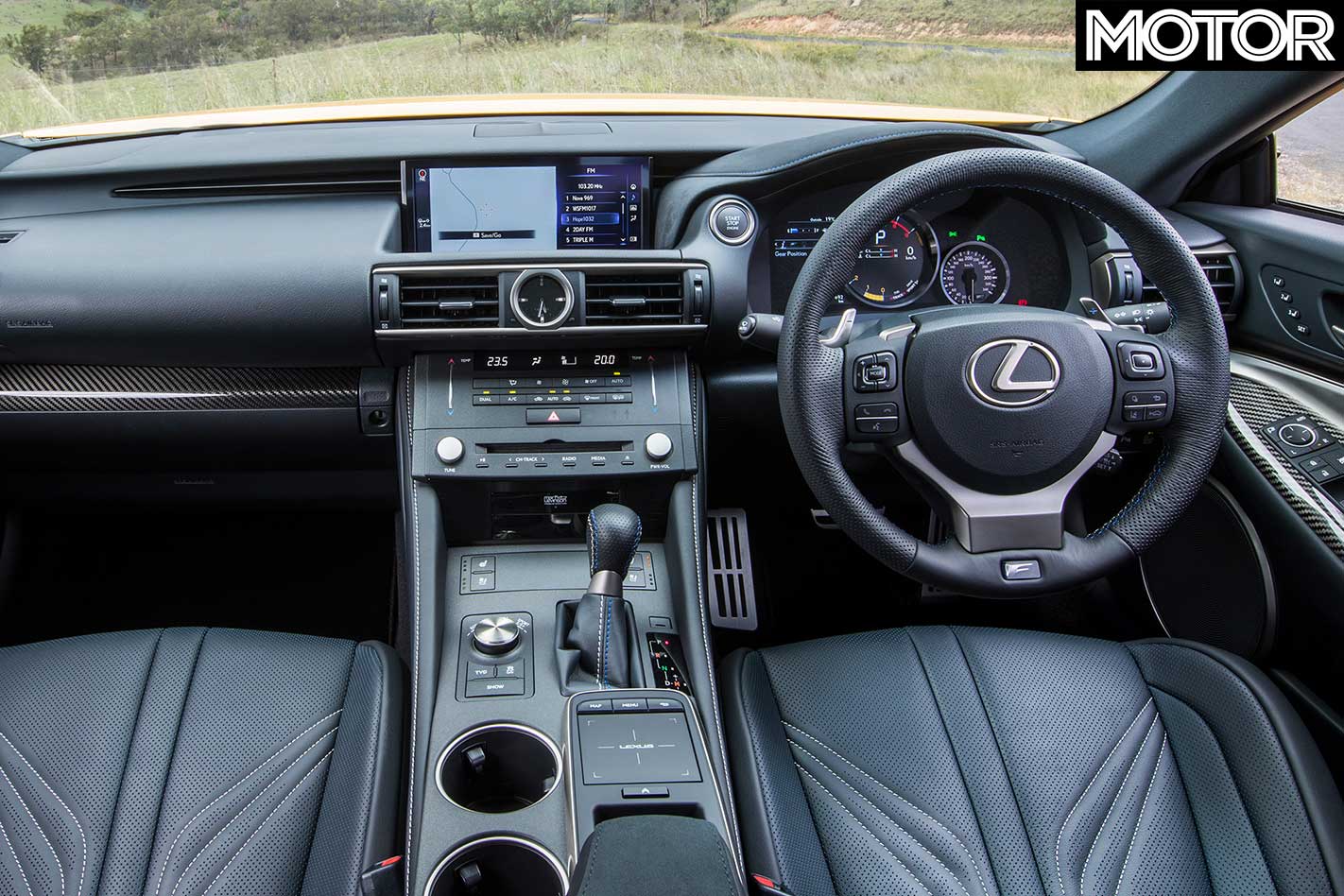
For my money, the GS F is the more impressive Lexus – it’s lighter, more practical and a better drive. Likewise, while the RC F is a grower, it can’t deliver the instant adrenalin hit of its more powerful rivals from BMW and Mercedes; both would be more alluring on a quick test drive.
However, early on in the RC F’s tenure I spied a car that would be the perfect choice if you’re looking for a screaming V8 coupe and I haven’t been able to shake the thought since. It might be yesterday’s news, but the E92 M3 follows the same recipe as the Lexus, only with tastier ingredients.
It’s true marriage material.
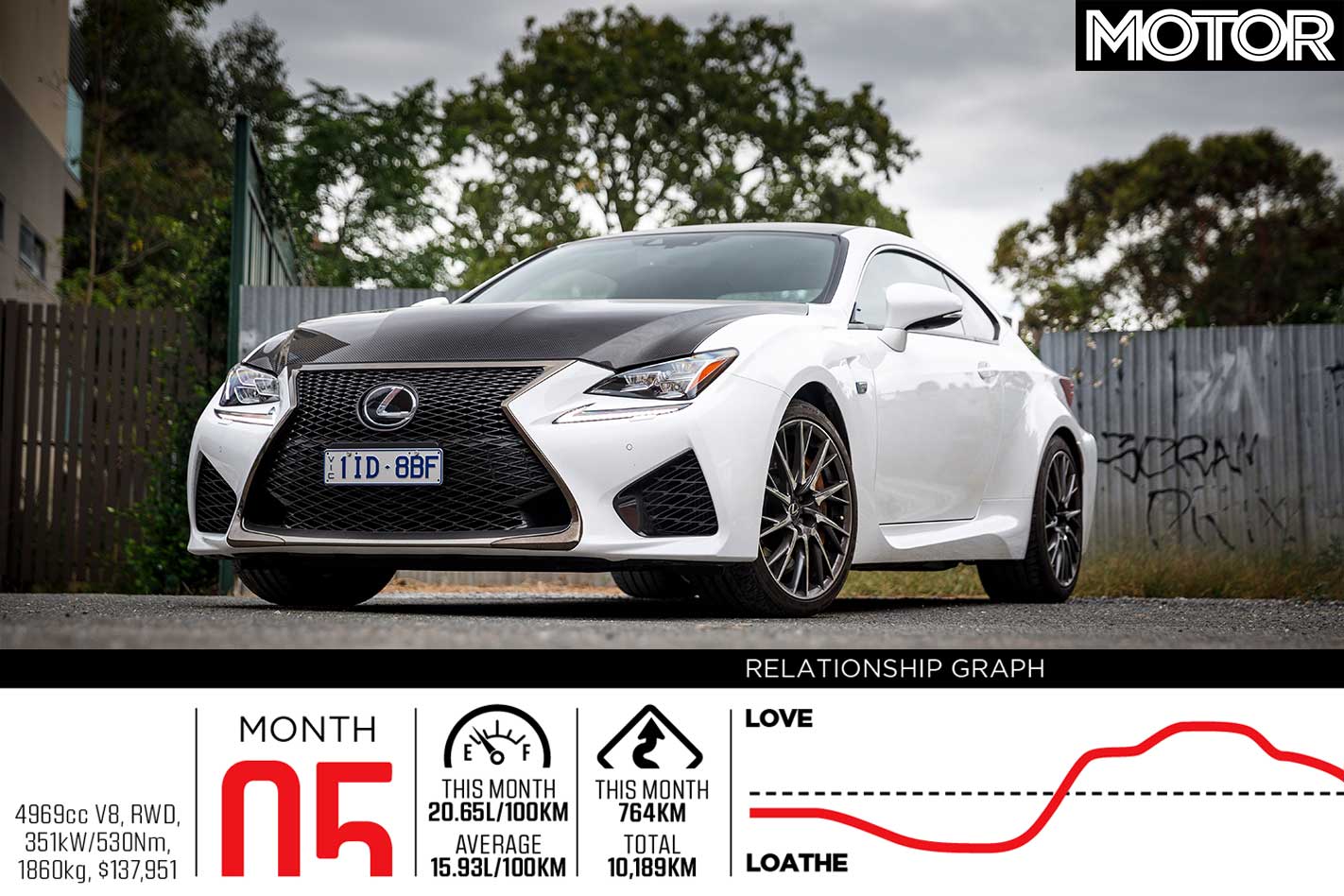
2017 Lexus RC F Pros & Cons
Three things we fell for: 1 – Ace drivetrain 2 – Great seats 3 – On-track talent
Three things we got sick of: 1 – Track pad 2 – Track pad 3 – Tr… ok, firm ride





